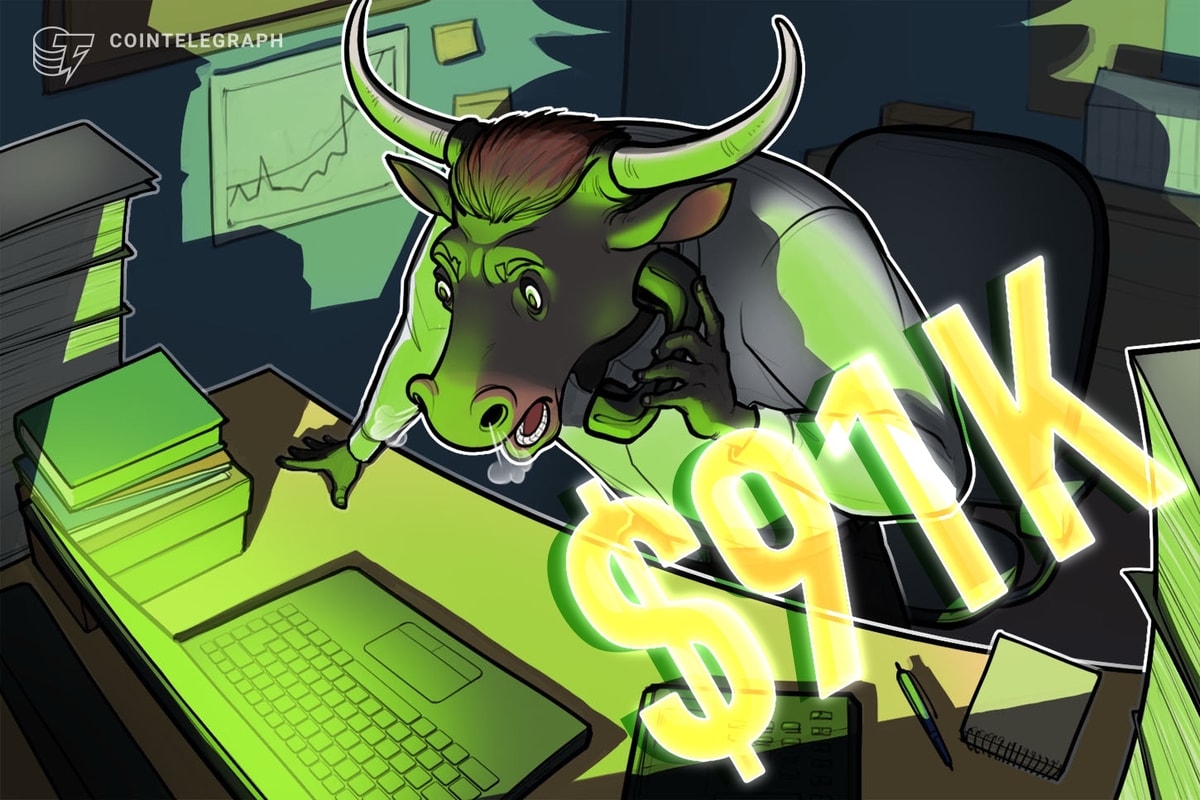
On Tuesday, Bitcoin finally exceeded the $7.22 high that the price reached in January, briefly touching $7.25 in the (North American) afternoon before temporarily sliding back down to $7.10-$7.20 for the rest of the day.
The January high was set in anticipation of an episode of the TV show The Good Wife) airing an episode featuring Bitcoin, bringing the price from a medium-paced recovery after its November low of $1.994 suddenly up to $6.5-$7 for about two weeks. When the episode aired, immediately came a large spike in online attention on Bitcoin as some portion of the show’s 12 million viewers wondered what the online cryptocurrency that they had been suddenly introduced to was. However, the aftermath was a disappointment.
Susan Toepfer, in her extensive summary and review of the episode, called it “a fairly low energy episode, requiring far too much attention to tedious detail”, and the markets shared the sentiment. One day after the episode aired, the Bitcoin price precipitously fell from $6.8 all the way down to $4.64 before making a temporary, partial recovery, although the drop was exaggerated by instability in the margin trading service Bitcoinica. It can be argued that the airing was nevertheless a significant turning point in Bitcoin’s public image for the long term, but in the short term it is clear the the Bitcoin traders’ impression of the airing’s effect was wildly exaggerated.
The current rise is different from both this increase and the June bubble that brought us the all-time high of $31.91 per bitcoin in a very significant way. While the previous two bubbles were both accompanied by sudden increases in search volume, both of which are clearly visible on Google Trends, the current rise is accompanied by no such thing. That is not to say the rise is causeless; the news on Chinese adoption, the reports of BitInstant and BitPay seeing rapid growth in transaction volume, the emergence of ASIC mining computers and even the release of Bitcoin Magazine itself did come together to cause a marked shift in mood toward the end of May, even as Bitcoinica had just announced its permanent shutdown as a result of an 18,750 BTC hack.
However, the key difference is that while the causes of the previous two bubbles were external, being dependent either directly or indirectly on a sudden influx of attention, the factors behind this increase are internal, indicating a change in sentiment, and possibly a recovery from a level that had been somehow unnaturally suppressed for months before. The fact that the rise came soon after Bitcoinica went down lends some support to the latter theory, as shorting, or effectively owning a negative quantity of bitcoins is no longer possible.
There is indeed much to hope for from Bitcoin in the coming months, but the fact that the search volume on Bitcoin is not increasing is a potential source of worry. Although Bitcoin is getting stronger, and its individual projects are progressing and getting more and established with each passing month, at least this indicator of the size of the community as a whole has remained the same since January.
While the argument can be made that there is a substitution effect of people moving away from the casual curiosity form of attention to a deeper and more involved level of involvement with the currency and its increasingly disparate communities, and even that search volume represents the flow of incoming users more than it does the activity of existing ones, the fact that the one major indicator of the size of Bitcoin’s community that is better than any other at being guided by reality rather than sentiment gives reason to be cautious. But unlike the previous two bubbles, it has so far taken one and a half months for the price to climb only 40%, so it may be that caution is a lesson that the community has already learned.









